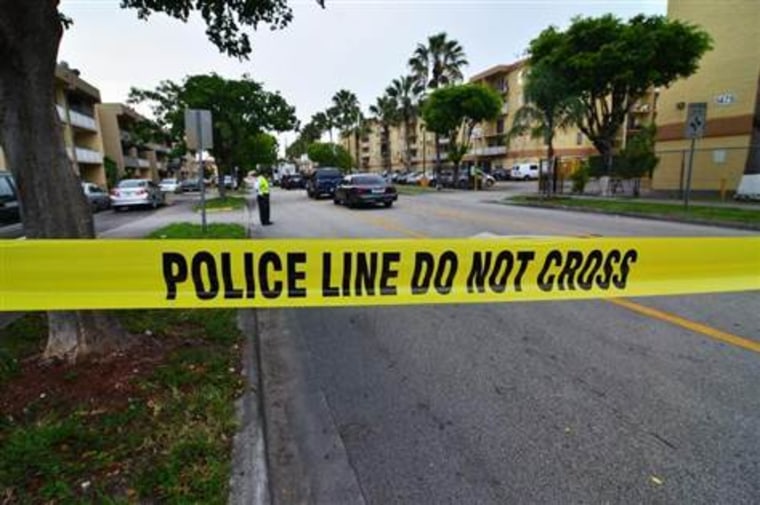When a suspect leaves DNA at a crime scene, the police will scour existing databases for a match. If they can't find a direct hit, they'll often look for siblings or parents to generate leads.
But that process could snag more distant relatives, such as half cousins or second cousins, misidentifying them as siblings, for instance, new research suggests.
The findings, published Wednesday in the journal PLOS ONE, suggest the technique may lead police to investigate innocent people who may not even know the suspect, said study co-author Rori Rohlfs, a statistical geneticist at the University of California, Berkeley.
"These distant relatives, like cousins or half cousins or second cousins, have a pretty good chance of being misidentified," Rohlfs said.
That could potentially exacerbate racial bias in police investigations, Rohlfs said. [The History of 10 Contested Death Penalty Cases]
Powerful tool
If a person has been convicted of a crime — or even arrested — their DNA may be in a state, local or federal database.
Police search those databases for a direct match with forensic evidence from crime scenes. But sometimes those come up empty, leaving police to look for brothers, sisters and parents of suspects.
The forensic technique can be powerful. A similar family search nabbed a suspect in the Grim Sleeper serial killer case in Los Angeles. The police identified the son of a suspect in the database, then tailed the father, Lonnie Franklin Jr., and used traces of DNA on a discarded pizza crust to match him to evidence found at one of the crime scenes.
Wrong hits
Rohlfs and her colleagues wanted to know how often family searches identify the wrong people. So the team generated genetic profiles to mirror California's genetic database, then conducted familial searches with the method used by California.
If the suspect was in the database, then 99 percent of the time that lead was good, and the person in the database was a relative of the person who left the crime scene sample.
But familial searches often netted more distant relatives. Between 3 percent and 18 percent of the time, for instance, a cousin was wrongly identified as a sibling. Family searches also sometimes identified half cousins and second cousins as siblings.
Though the rate of misidentification is low, in a database of 1.5 million people, those wrong hits can turn up a lot of false leads.
The findings raise the possibility that police will decide to investigate extended families, most of whose members don't know anything about a crime. They may not even know the suspect, Rohlfs said.
"A lot of us, we don't know all of our second cousins or half cousins," Rohlfs told LiveScience.
Worsen bias?
The forensic method could worsen an already existing racial bias in the system, she said. Because the database contains proportionately more DNA from African-Americans and Latinos, the family search method would, by default, find more family members of color.
That raises the possibility that police would subject people of color to more scrutiny than those in the white population, she said.
"People will be wrongfully investigated, which means their privacy will be invaded, which puts them at risk for secondary investigation," Rohlfs said.
But not everyone thinks this is a huge concern.
Police investigations always start wide and then narrow in on a suspect, said David Balding, a statistical geneticist at the University College London who was not involved in the study.
"Most information that the police get doesn't pinpoint exactly the right person," Balding told LiveScience.
But this information is still incredibly valuable — as long as the police realize the potential for false matches, Balding said.
This story was revised to make clear that when familial searches turn up matches, those people are relatives of the suspects 99 percent of time. The earlier language suggested that the match identified the suspects themselves 99 percent of the time.
Follow Tia Ghose on Twitter and Google+. Follow LiveScience @livescience, Facebook and Google+. Original article on LiveScience.com.
- Understanding the 10 Most Destructive Human Behaviors
- The Science of Death: 10 Tales from the Crypt & Beyond
- Top 10 Weird Ways We Deal With the Dead
